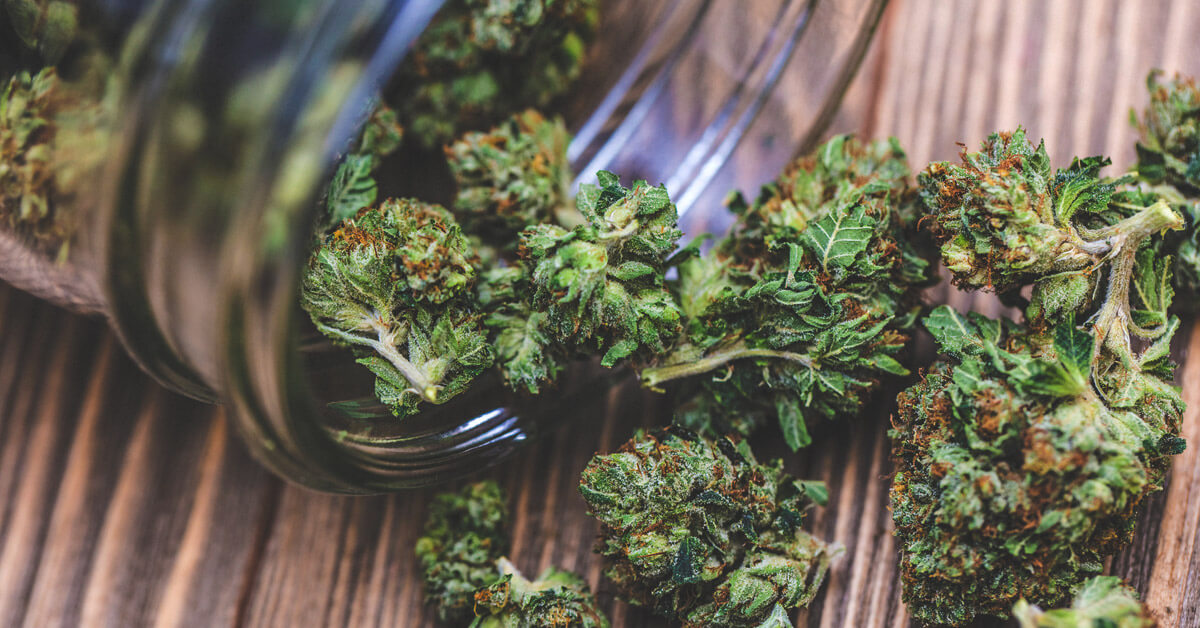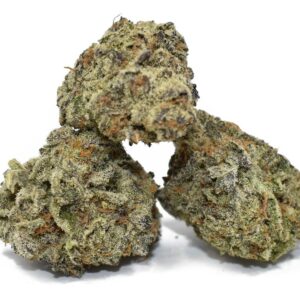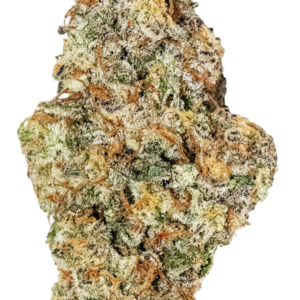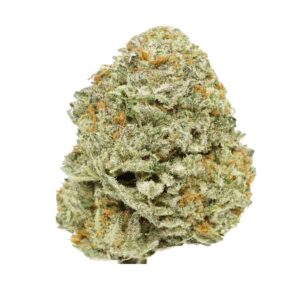It’s easier than ever to buy weed online here in British Columbia. So it’s no surprise that more people are starting to experiment with cannabis – not just for fun, but to explore its medical potential too.
If you’re considering using marijuana, maybe for the first time, you probably want to understand its effect on your body. After all, there’s lots of contradictory and confusing information out there. It can be hard to tell if cannabis is a dangerous, addictive drug or a medical miracle.
The truth, as usual, is somewhere in the middle. Cannabis has a range of short- and long-term effects on your body. We’re here to give you a straightforward overview of those effects, so you can make informed choices about how to make cannabis work for you.
Cannabinoids: the Key to How Cannabis Affects Our Bodies
To understand how cannabis affects the body, you need to know about the active chemicals in weed. You’ve probably heard of THC and CBD – they’re the most widely known compounds in marijuana.
THC and CBD are both cannabinoids, a group of chemicals found naturally occurring in the cannabis plant. As well as THC and CBD, there are estimated to be more than 100 other cannabinoids, which all occur in different amounts in different strains of weed.
Cannabinoids affect us because they interact with a system in our bodies called the endocannabinoid system (ECS). (Endo means “within”, so “endocannabinoids” are compounds made within our bodies that are similar to cannabinoids”). The ECS was only discovered in the 1990s, but it turns out it plays a vital role in regulating all sorts of important biological processes.
We have two types of cannabinoid receptors in our bodies – creatively named CB1 and CB2. CB1 receptors are primarily found in the brain and nervous system. CB2 receptors, on the other hand, are most common in our immune system.
THC and CBD both interact with the ECS (more on that later) because they’re similar to the endocannabinoids made in our bodies. That means that they can cause changes in our brains and bodies, similarly to how those naturally occuring chemicals do. So where do they have the biggest effect?
It’s All in the Mind: Cannabis Affects Our Brains the Most
It will probably come as no surprise to any cannabis user that the body part that is most affected is your brain. Anyone who’s consumed a THC-dominant dose of weed will be pretty familiar with the psychoactive effects of marijuana! But what’s actually going on in our brains when we get high?
Well, THC and CBD interact with our bodies in different ways. Let’s take a look at each of them:
THC: Feelin’ Good
THC binds to CB1 receptors in our brain and nervous system. These receptors normally bind to a natural chemical called anandamide, which is nicknamed “the bliss molecule”. Anandamide creates blissful sensations – in fact, its name comes from the Sanskrit word for joy.
So it’s no surprise that we feel good when THC binds to our CB1 receptors. We’re getting the high we would naturally get from a hit of anandamide. The difference is, THC takes longer to break down, so we feel high for much longer than we would naturally. Sooner or later, though, our body breaks down the THC and we return to our regular state.
CBD: The Key to Cannabis’ Medical Promise
CBD, on the other hand, doesn’t bind to our CB1 receptors. That’s why we don’t get high from CBD oil, or strains of weed with high CBD/low THC content. The way CBD works is a bit more complicated, but it interacts with a whole host of receptors in our brains.
Some of these include our dopamine, serotonin, and opioid receptors. Researchers think that’s why CBD has been shown to be effective at treating pain and anxiety. There’s a lot more interesting research to be done in these areas!
As you can see, there’s a lot going on in our brains when we use cannabis. All sorts of receptors are getting a cannabinoid hit, and the effects vary widely depending on how much THC, CBD, and other cannabinoids your particular strain contains. It’s always worth experimenting with different strains and products until you find what works for you.
But the brain isn’t the only part of our body that’s affected by cannabis…..
Cannabis affects our lungs: but not how you’d think
There’s one body part that’s always discussed when it comes to cannabis: our lungs. Now that we all understand the link between lung cancer and cigarette smoke, it seems logical to presume that smoking cannabis would also have a negative impact on our lung health.
But things aren’t always as they seem. Much to the surprise of the researchers, the largest ever study on cannabis and lung cancer found no evidence that smoking cannabis led to a higher rate of lung cancer. There was even a suggestion it might have a protective effect against lung cancer.
Understandably though, some people are still concerned about the impacts of smoking – or perhaps they just don’t like it. Luckily, these days you don’t have to smoke to enjoy the effects of cannabis. Oils, vapes, and edibles are all alternative ways to ingest weed – and it’s easier than ever to buy weed online in British Columbia, however you choose to take it.
Marijuana: an Unexpected Immune Boost?
One thing people don’t always know about is how cannabis affects our immune system. We have CB2 receptors throughout our immune system. This is because endocannabinoids can help regulate our immune response. When our immune system detects an infection, it produces inflammation to fight it off. Endocannabinoids help ensure this inflammation doesn’t get out of hand and cause issues like chronic inflammation.
So cannabinoids like CBD can interact with those receptors in our immune system, with some very beneficial results. There’s growing evidence that cannabis can be a powerful drug for treating chronic pain and fibromyalgia.
It’s also been used as a treatment for HIV/AIDS patients, reducing pain, nausea, nerve pain, and improving appetite. Today, cannabis is already providing relief for many people living with chronic inflammation and other illnesses caused by immune issues. Which leads us to….
The Latest Discoveries About Cannabis and Our Bodies
We’ve given you a whistle-stop tour of some of the most common ways cannabis affects the body. But this field of science is still so new, so there’s a lot we don’t know. Recently, there’s been suggestions that cannabis can help treat mental illness like depression, reduce blood pressure, and ease back pain.
And in the last few years, CBD oil has been approved to treat epilepsy in children, and dementia in older adults. Lots of women are turning to marijuana to help treat period pains and endometriosis. In short, there’s a lot left to discover about how cannabis affects us – and how it could help us too.
Cannabis and Our Bodies: a Lot to Learn
Since the endocannabinoid system was discovered in the 1990s, we’ve learned loads about how cannabis affects our bodies. Without a doubt, its most powerful impact is on our brains. But weed does a whole lot more than make us high, and the research is only just getting started.
The good news is, as the evidence grows, some of the most worrying claims about cannabis are turning out to be over-exaggerations. That’s partly why cannabis is now legal across Canada – and why it’s so easy to buy weed online in British Columbia these days. As marijuana becomes more readily available, make sure you understand how it affects your body, so you can make the choices that work for you.





